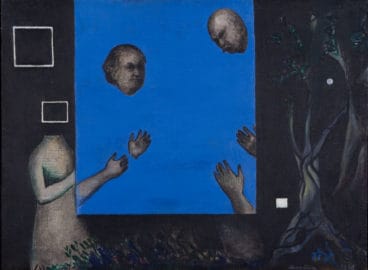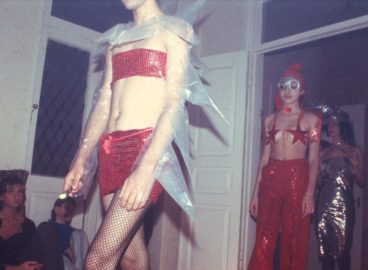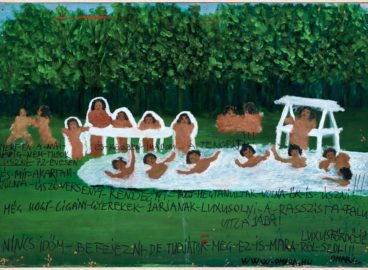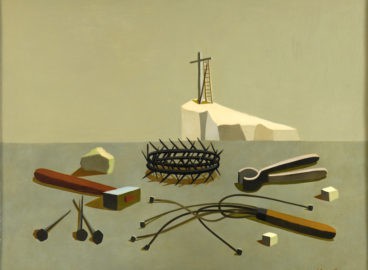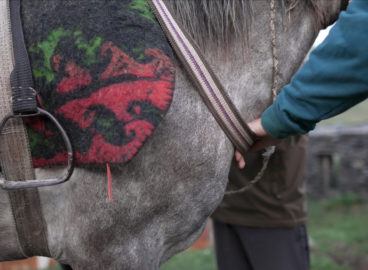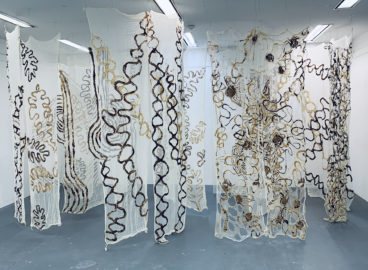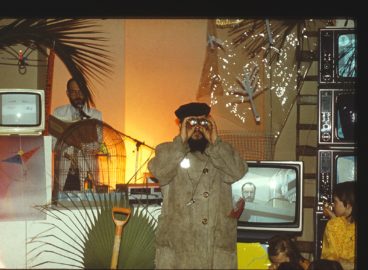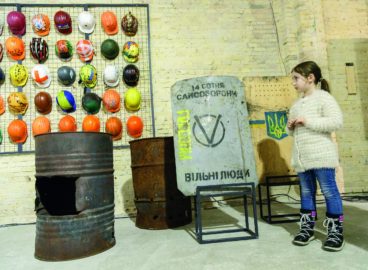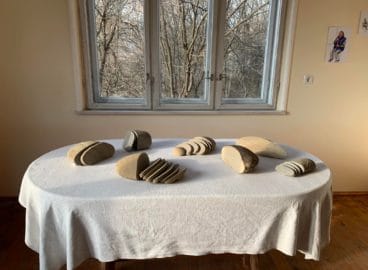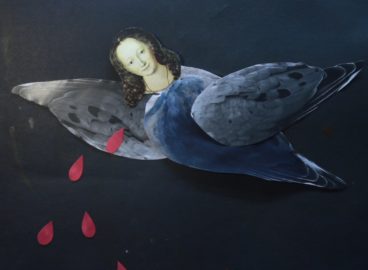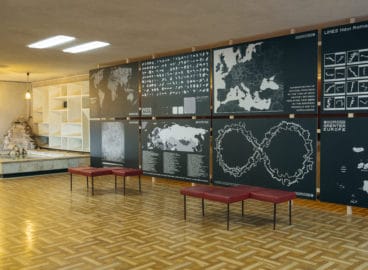Where the Lightnings Have Their Palace: Erna Rosenstein and Global Surrealisms
In this text, Dorota Jagoda Michalska writes about Erna Rosenstein (1913–2004), a Jewish Polish postwar artist. Michalska opens up a transnational perspective, inviting us to look at the artist’s oeuvre through the lens of global surrealisms, connecting her articulations of Holocaust trauma with the work of artists who have dealt with slavery, genocide, exile, and colonial dispossession.
